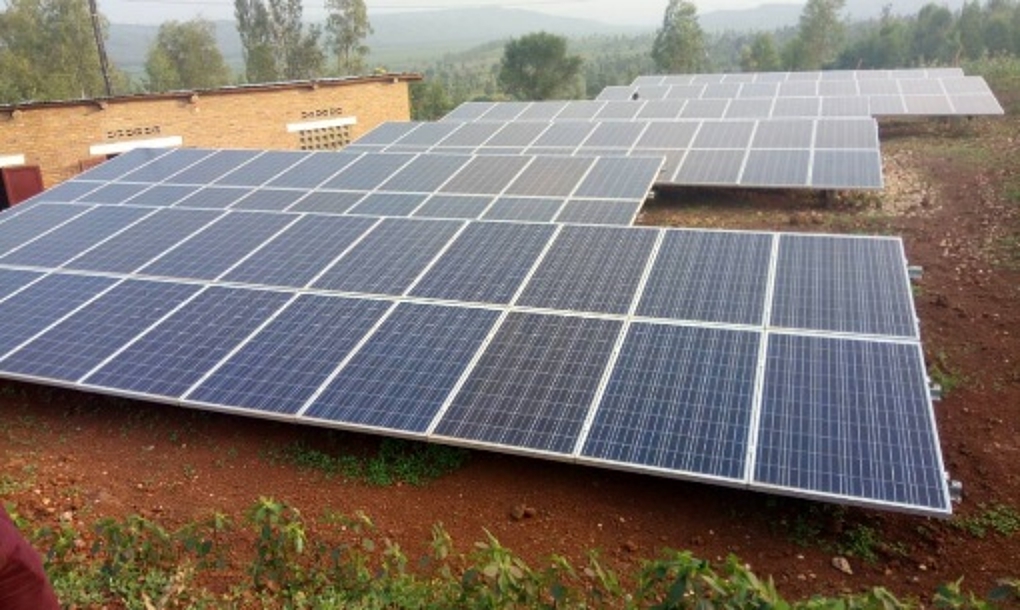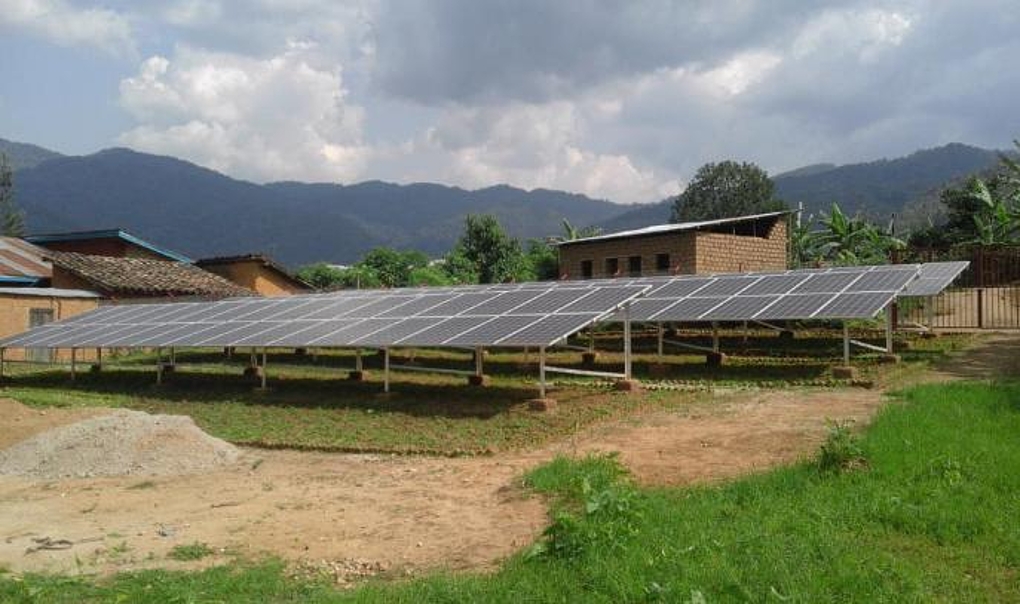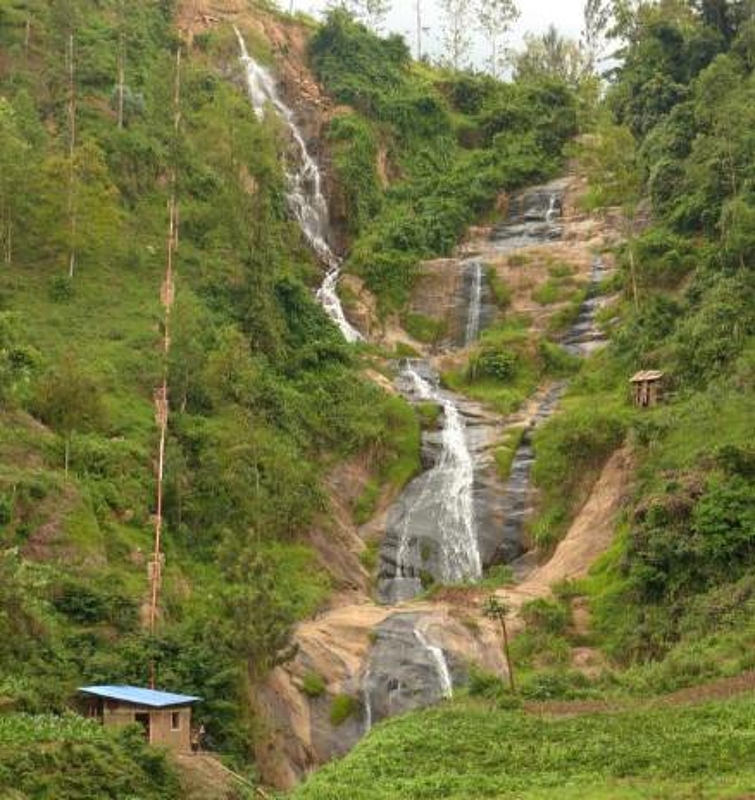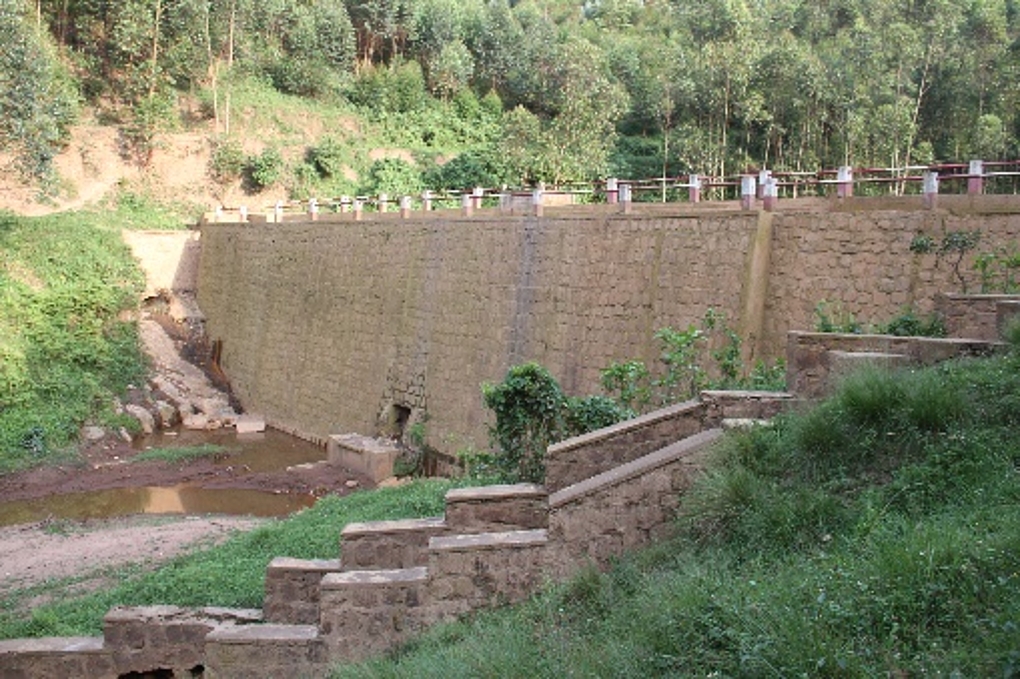Mini-grids
Solar
With a potential of 4.5 kWh per m2 per day and approximately 5 peak sun hours, solar energy has a huge potentiality in Rwanda. The country has already engaged private sector participation into solar solutions as a lighting substitute for remote areas. Currently, over 258,414 households have benefited access to electricity with the solar energy through Independent Power Producers country wide. Households located far away from the planned national grid coverage are encouraged to use Mini-grid Solar Photovoltaics (PVs) to reduce the cost of access to electricity. The Rural Electrification Strategy approved by the cabinet in June 2016 outlines strategies through which Rwanda’s households could “have access to electricity through the most cost-effective means by developing programmes that will facilitate both the end users to access less costly technologies and increase private sector participation in the provision of these solutions” (MININFRA, RES, 2016).
Currently, two mini-grid solar power plant are operational in Kirehe and Nyamasheke Districts.
 | NESELTECK Located in Kirehe District with a capacity to generate 30KW |
 | RENERG located in Nyamasheke District with a capacity to generate 30KW |
Hydro
Over the last decade, Rwanda’s hydropower sector showed a tremendous progress. Overall installed capacity of power is about 221.1MW, hydropower contributing approximately 46% of it. This was achieved by involving private investors in the energy sector; Independent Power Producers (IPPs). Equally contributed to achievement in energy sector is a conducive legal and regulatory environment for private investors in this area. Currently, elaboration and development of 20 potential Green Mini Grid feasibility studies and Roll out plan is being carried out and will be handed over to private sector to increase the private sector contribution in energy generation. GoR will lease out these sites to private investor to better operate, Maintain and connect them to the off-grid beneficiaries. Consultancy service to update the National Electrification Plan (NEP) which will identify demarcation of the Off-grid areas around the country in relation to the Grid extension plan is under development. This exercise of identifying off-grid areas will also investigate and classify capacities of the embedded Pico hydro potential to contribute to the energy access in rural areas of the country.
Currently, 2 mini-grid hydropower plants are operational in Gicumbi and Muhanga Districts.
 | ECOS located in , Muhanga District with a capacity to generate 11KW |
 | Rushaki Power plant located in Gicumbi District with a capacity to generate 40KW |
Anti Corruption Campaign
Any Corruption Case? Report to
0788310606Our Partners
Please fill in the form or Call us on our Toll free number 2727






















